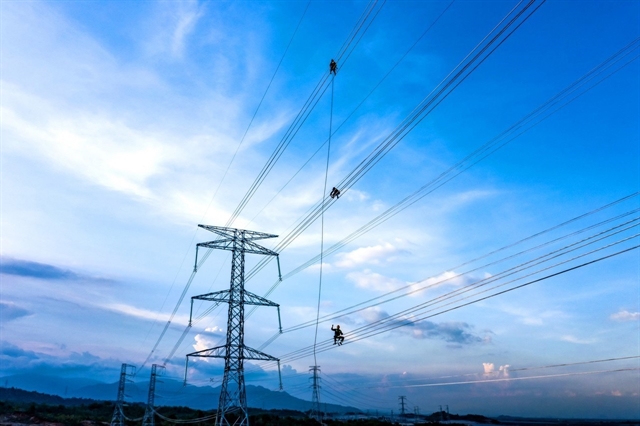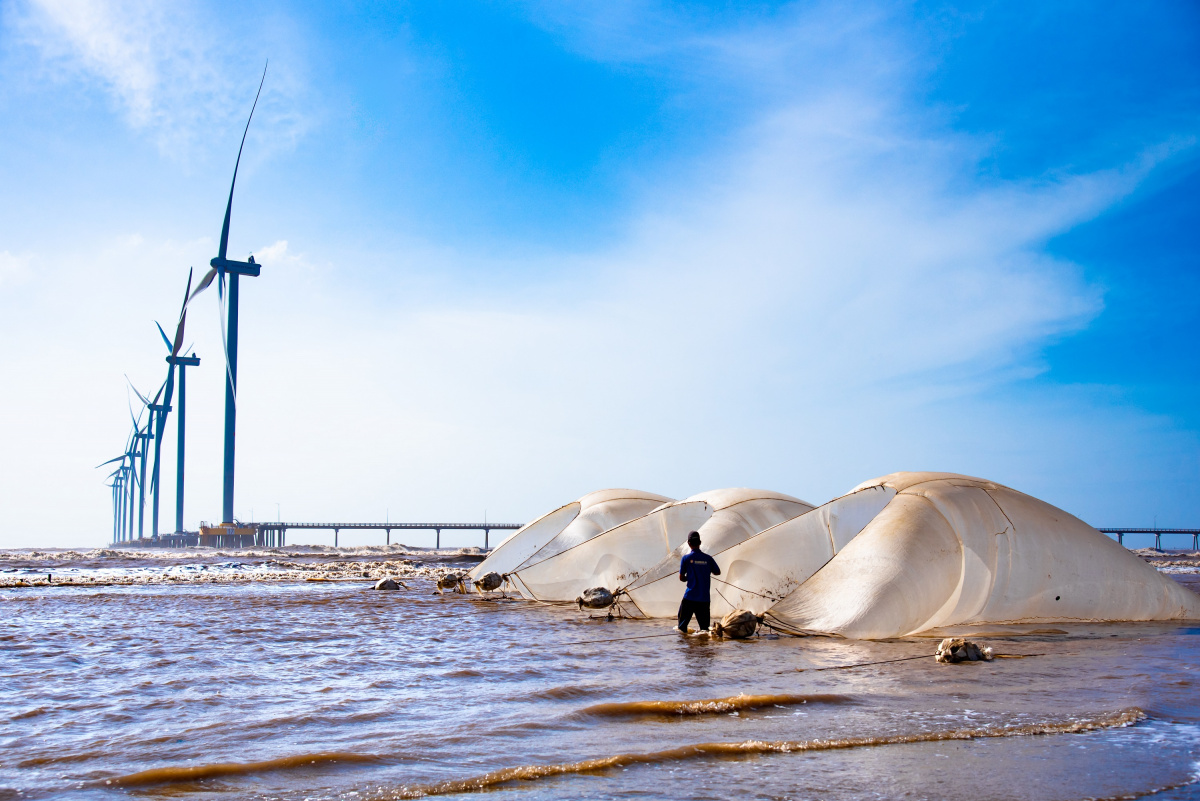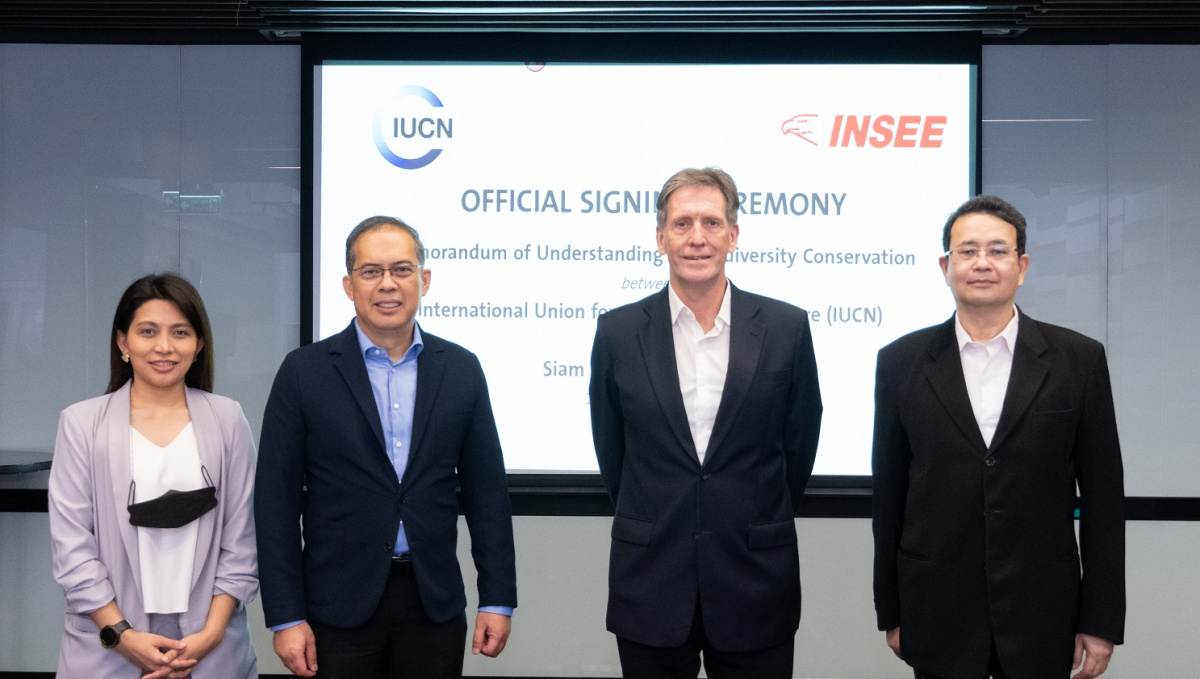Koh Rong National Marine Park: A first for Cambodia
On 8 February 2018, the Cambodian government announced the establishment of the Koh Rong National Marine Park (NMP) – a first for the country. The park covers over 52,000ha – an area two thirds the size of Bangkok – along the coast of Preah Sihanouk and Koh Kong, and is critical to safeguarding coastal habitats such as coral reefs, seagrass beds and mangrove forests. The park is also home to flagship species such as Irawaddy dolphins, dugongs and sea turtles.
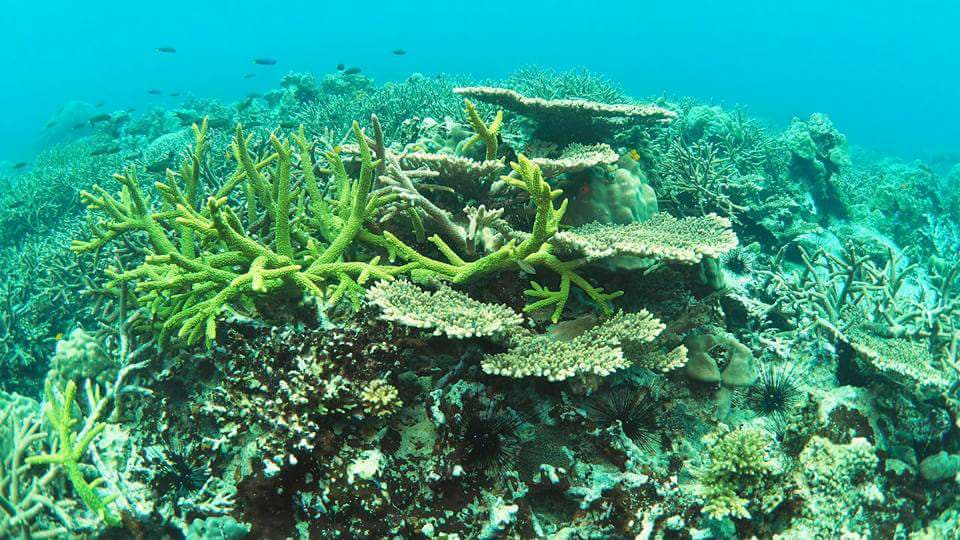
A healthy reef ecosystem in Koh Rong NMP
Photo: © MFF Cambodia
The road to establishing the Koh Rong National Marine Park wasn’t easy. There were many challenges, including unregulated land claims, terrestrial forest degradation, road expansion, illegal exploitation of natural resources, overfishing, pollution from improper sewage disposal, disturbance of coral reefs and seagrass beds by unregulated tourism practices and trawling, and population expansion.
Mangroves for the Future (MFF) worked with the government to overcome these challenges. In June 2016, MFF organised an exposure visit for technical staff from the Cambodia Department of Marine and Coastal Conservation of the Ministry of Environment (MoE), and the Department of Fisheries Conservation of the Fisheries Administration, to Cu Lao Cham Marine Protected Area (MPA) in Viet Nam. During the visit, participants learned the basics of MPA establishment, management structure, policy frameworks, zoning, private sector engagement, and sustainable financing – approaches which could be adapted to the Cambodian context.
To establish the NMP, MFF and the MoE adopted a bottom-up approach, in which input and concerns from relevant local, provincial and national stakeholders were taken into consideration at all levels of the consultation process. MFF and the MoE also surveyed biodiversity on the coral reefs, and consulted with local and provincial stakeholders, such as the local Fisheries Administration.
“We depend on fishing for our daily subsistence,” said a villager from the island of Koh Rong. “When there is no longer any illegal fishing, our income will increase, so I am very happy with the establishment of the National Marine Park.” The villager also expressed “concerns about the management system protecting the marine park,” which the MoE will address by establishing community-protected areas within the park, governed by legally recognised committees, to engage local communities in the management and protection process.
In the NMP design process, the reef-to-ridge approach was taken. This approach recognises land-sea connectivity between marine and coastal ecosystems and terrestrial forest, watershed and other upland ecosystems. Possible impacts from watersheds on the open sea are considered in this establishment process. Using this approach, the Government decided to integrate both the marine areas and terrestrial forests of the surrounding islands into the National Marine Park system.
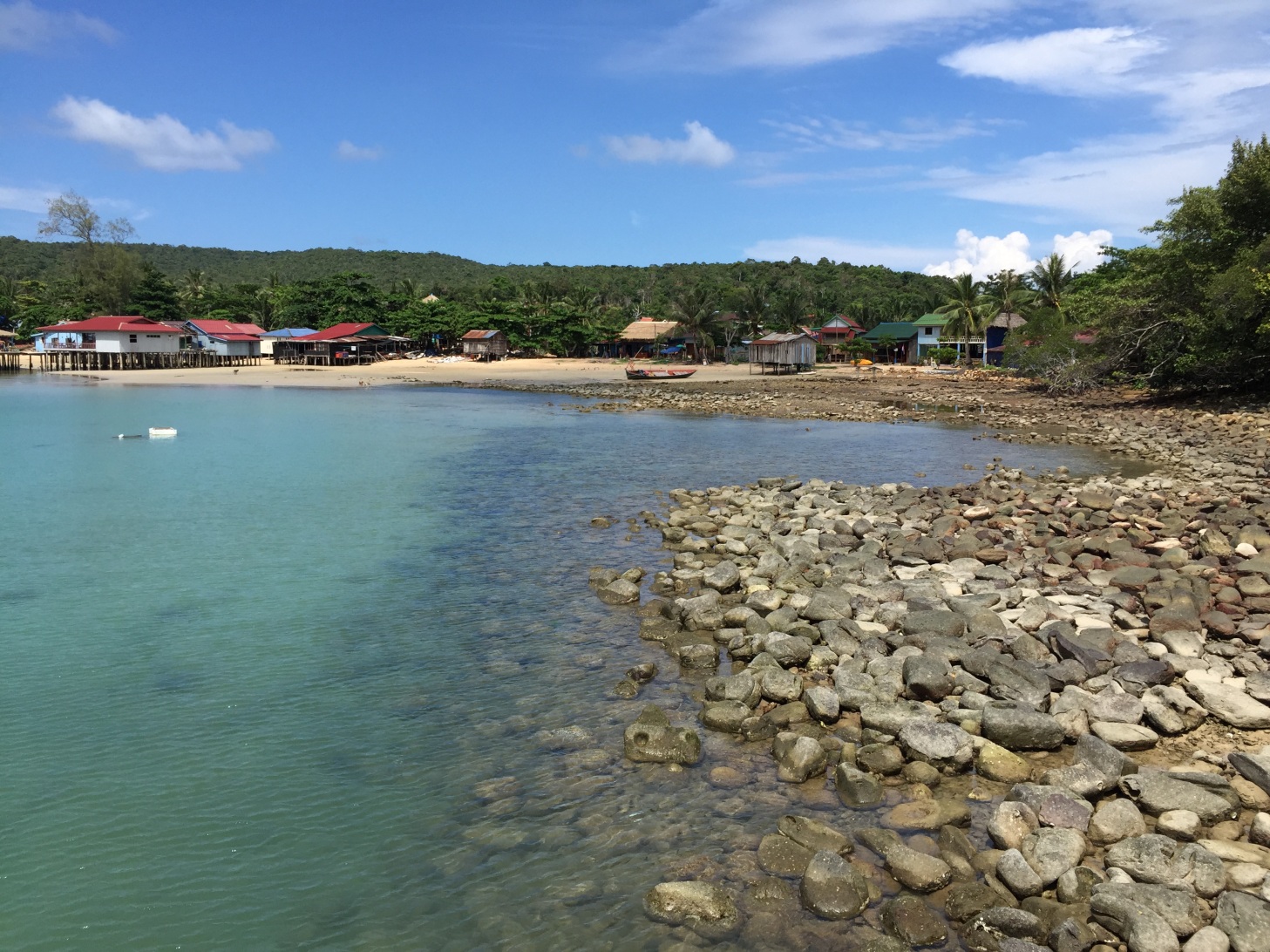 Reef-to-ridge recognises the connectivity of marine and terrestrial ecosystems
Photo: © MFF Cambodia
Reef-to-ridge recognises the connectivity of marine and terrestrial ecosystems
Photo: © MFF Cambodia
“This NMP will play a significant role in protecting marine and terrestrial biodiversity, and in empowering local coastal communities through the services provided by NMP ecosystems,” said Thay Chantha, Director of the Ministry of Environment's Marine Conservation Department. “It will also prevent human development activities from putting additional pressure on the ecosystem.”
According to Mr Chantha, the establishment of the NMP is in line with national and regional biodiversity conservation policies. It was established by a prime ministerial sub-decree, and achieves the ASEAN target that each Member country should have a marine protected area or its equivalent: in this case, a National Marine Park.
Koh Rong’s establishment is also a step towards fulfilling Cambodia’s international obligations. As a signatory to the Convention on Biological Diversity, Cambodia is committed to achieving the Aichi Biodiversity Targets by 2020. Target 11 requires that at least 17% of each signatory’s terrestrial and inland water area, and 10% of its coastal and marine area, be designated and managed as protected. Cambodia already has 53 terrestrial protected areas covering more than 7.5 million hectares – almost 41% of the country – and now has one NMP covering more than 52,000ha of its sea, islands and coast.
Moving forward, IUCN and MFF, in collaboration with Fauna and Flora International and other conservation partners, will work together to support the Department of Marine and Coastal Conservation to prepare the management plan and zoning scheme for the park. In addition, the Ministry of Environment plans to establish community-protected areas with legally recognised committees within the park to engage local communities in the management and protection process.
Mangroves for the Future (MFF) is a partnership-based regional initiative which pro-motes investment in coastal ecosystem conservation for sustainable development. MFF focuses on the role that healthy, well-managed coastal ecosystems play in build-ing the resilience of ecosystem-dependent coastal communities in Bangladesh, Cambodia, India, Indonesia, Maldives, Myanmar, Pakistan, Seychelles, Sri Lanka, Thailand and Viet Nam. The initiative uses mangroves as a flagship ecosystem, but MFF is inclusive of all types of coastal ecosystem, such as coral reefs, estuaries, lagoons, sandy beaches, sea grasses and wetlands. MFF is co-chaired by IUCN and UNDP, and is funded by Sida, Norad, Danida and the Royal Norwegian Embassy in Thailand.
